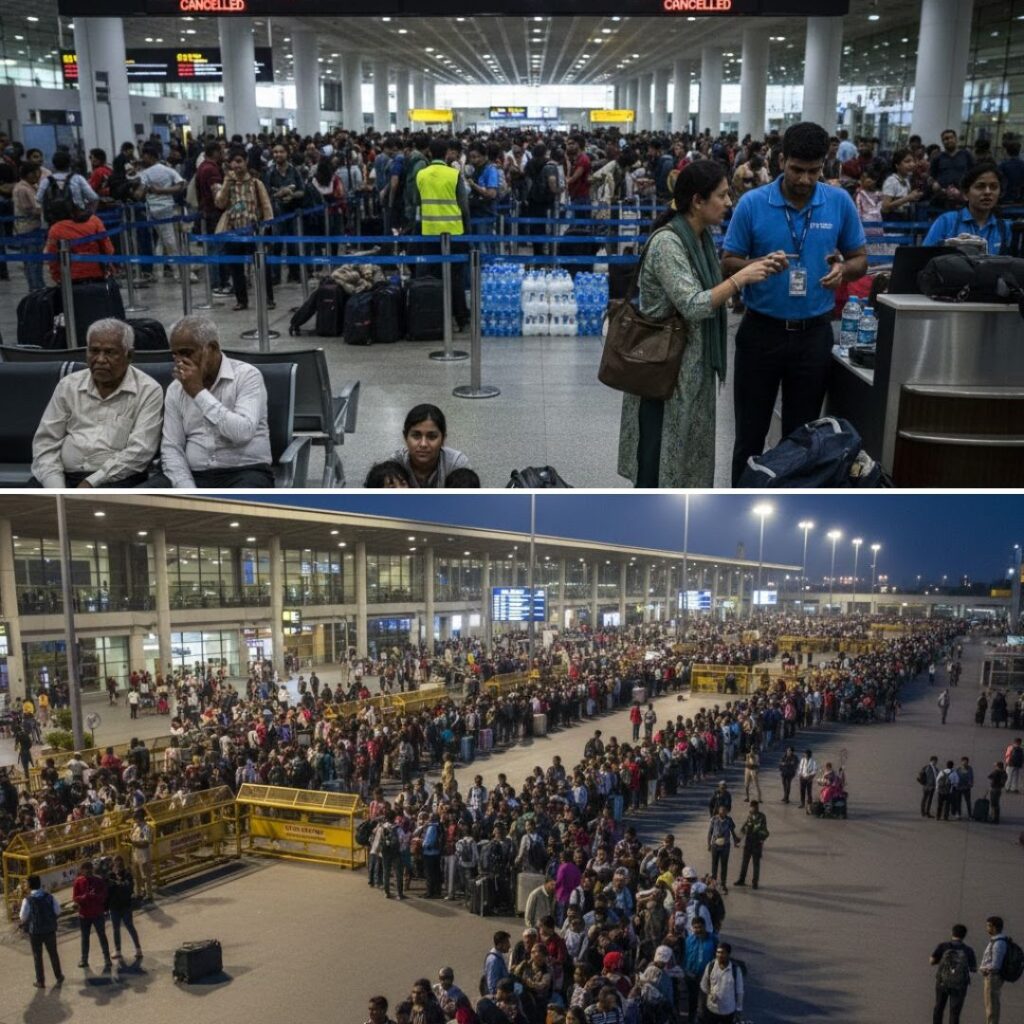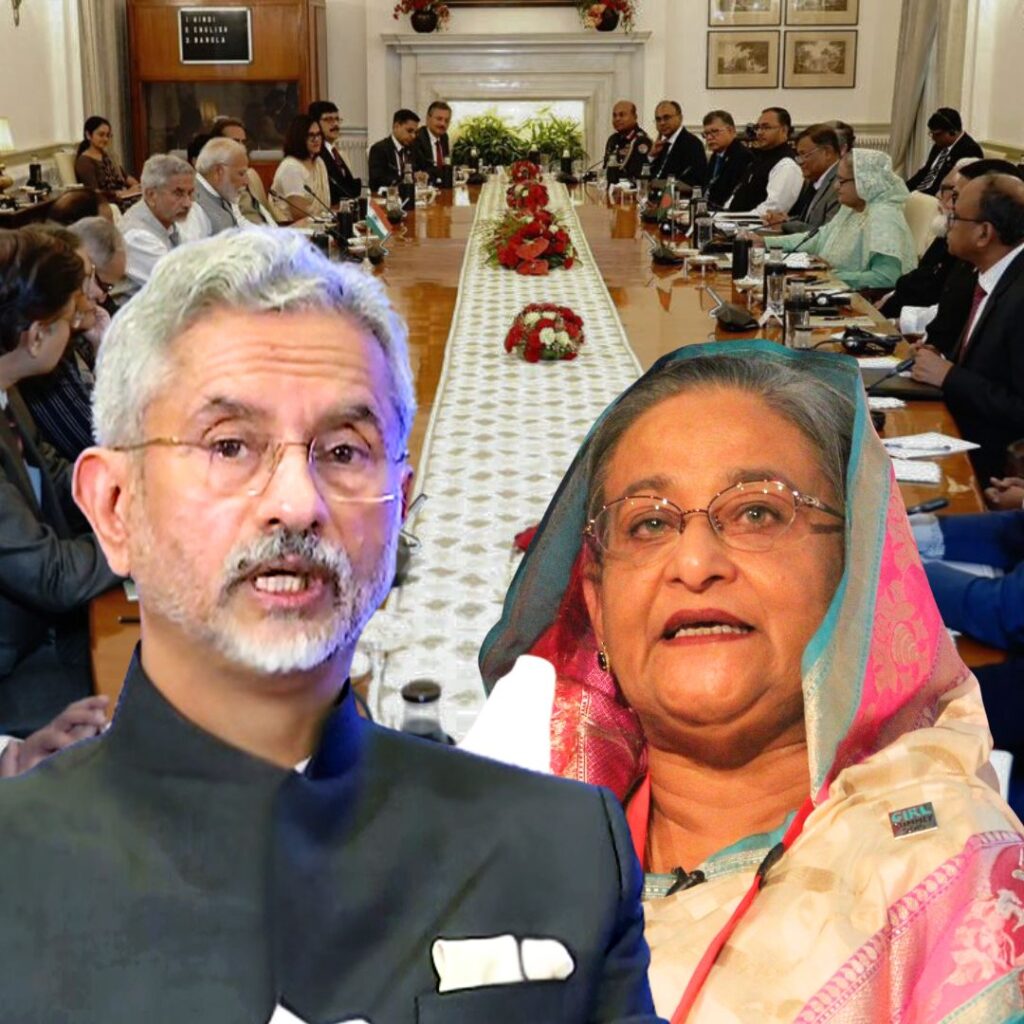India is witnessing a noticeable rise in COVID-19 cases, with the active caseload nearing 4,000 as of 2 June 2025. Delhi recorded 47 new infections and one death, while Kerala, Maharashtra, and several other states also reported increases in cases and fatalities.
Health officials confirm that most infections remain mild, but hospitals have been put on alert to handle any surge in severe cases. The Centre and state governments are closely monitoring the situation, urging citizens to stay vigilant yet calm and adhere to recommended precautions to curb the spread.
State-Wise Breakdown: Active COVID-19 Cases Across India
The latest data reveals the distribution of active COVID-19 cases across states and union territories as follows:
- Kerala: 1,435 active cases
- Maharashtra: 506 active cases
- Delhi: 483 active cases
- Gujarat: 338 active cases
- West Bengal: 331 active cases
- Karnataka: 253 active cases
- Tamil Nadu: 189 active cases
- Uttar Pradesh: 157 active cases
- Rajasthan: 69 active cases
- Madhya Pradesh: 23 active cases
- Haryana: 28 active cases
- Odisha: 12 active cases
- Punjab: 6 active cases
- Jammu & Kashmir: 6 active cases
- Jharkhand: 6 active cases
- Andhra Pradesh: 17 active cases
- Goa: 8 active cases
- Chandigarh: 1 active case
- Puducherry: 41 active cases
- Assam: 2 active cases
- Mizoram: 2 active cases
- Sikkim: 1 active case
- Telangana: 3 active cases
- Uttarakhand: 2 active cases
- Himachal Pradesh: 2 active cases
- Ladakh: 1 active case.
Despite the rise in numbers, health authorities emphasise that most infections are mild and manageable at home. Hospitals have been instructed to ensure adequate availability of beds and oxygen supplies. Union Minister of State for Health and AYUSH, Prataprao Jadhav, stated, “Both our Central Health Department and the AYUSH Ministry are fully alert and closely monitoring the situation across all states to ensure timely response.”
Expert Advice: Navigating the Current COVID-19 Wave
Leading health experts advise that while the increase in cases warrants attention, there is no cause for panic. Most recent infections are mild and do not require hospitalisation, but vigilance remains key. Experts recommend the following measures to protect oneself and the community:
- Mask Usage: Continue wearing masks in crowded, enclosed, or poorly ventilated spaces to reduce transmission risk.
- Hand Hygiene: Regular handwashing with soap or use of sanitiser remains effective in breaking the chain of infection.
- Vaccination: Stay up to date with COVID-19 vaccinations and booster doses, especially for vulnerable groups such as the elderly, immunocompromised, and those with chronic illnesses.
- Symptom Monitoring: Watch for symptoms such as sore throat, cough, mild fever, fatigue, or cold-like symptoms. Seek medical advice promptly if symptoms worsen or persist.
- Protect High-Risk Individuals: Families should take extra precautions to shield elderly members and those with comorbidities.
Dr Jayant Panda, a senior professor of medicine, explains, “The symptoms caused by the JN-1 variant are generally mild, presenting as common cold, cough, and mild fever. This variant is unlikely to cause severe disease in most people, but maintaining mask usage is important to prevent spread.”
Dr Diksha Goyal, an infectious disease specialist, adds, “COVID-19 has transitioned into an endemic phase, with periodic spikes expected. Genomic surveillance and early detection remain crucial to managing these waves effectively.”
Tracing the Rise: Regional Trends and Government Response
The current surge is primarily driven by Omicron subvariants JN.1 and NB.1.8.1, which the World Health Organization classifies as ‘variants under monitoring’ rather than variants of concern. Kerala, Maharashtra, and Delhi continue to report the highest caseloads, with Gujarat, West Bengal, and Karnataka also seeing notable increases.
In response, the Delhi High Court has sought detailed reports from the Centre regarding preparedness and response strategies. State governments have issued advisories urging citizens to adhere to mask mandates in crowded areas, maintain hand hygiene, and get vaccinated. Hospitals have been directed to ensure sufficient medical infrastructure, including beds and oxygen, to handle any potential rise in severe cases.
The Union Ministry of Health and AYUSH is coordinating with states to intensify surveillance, ramp up testing where necessary, and promote public awareness campaigns. Authorities stress that the majority of cases remain mild and manageable, but readiness is essential to prevent strain on healthcare systems.
The Logical Indian’s Perspective
The resurgence of COVID-19 cases is a sober reminder that the pandemic’s challenges are not yet behind us. The Logical Indian commends the transparent communication from health authorities and the proactive steps taken by governments and healthcare providers. In times like these, fostering a spirit of empathy, kindness, and collective responsibility is vital.
We encourage readers to stay informed through credible sources, follow health advisories diligently, and support vulnerable members of their communities. Panic and misinformation only hinder progress; instead, let us embrace calm, cooperation, and compassion.
As cases rise again, how is your family, workplace, or community adapting to these renewed precautions? What more can we do collectively to ensure safety and harmony during this phase?











